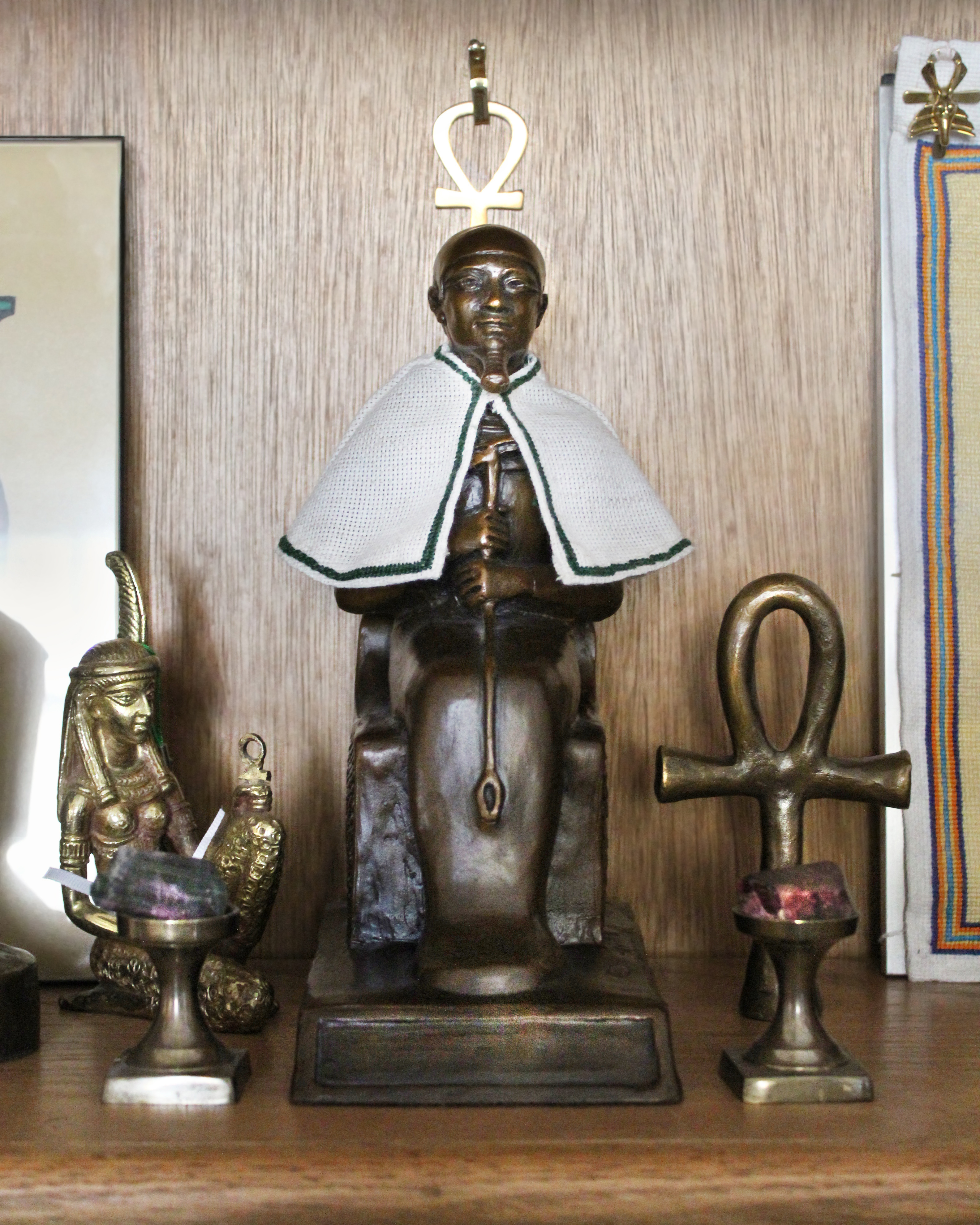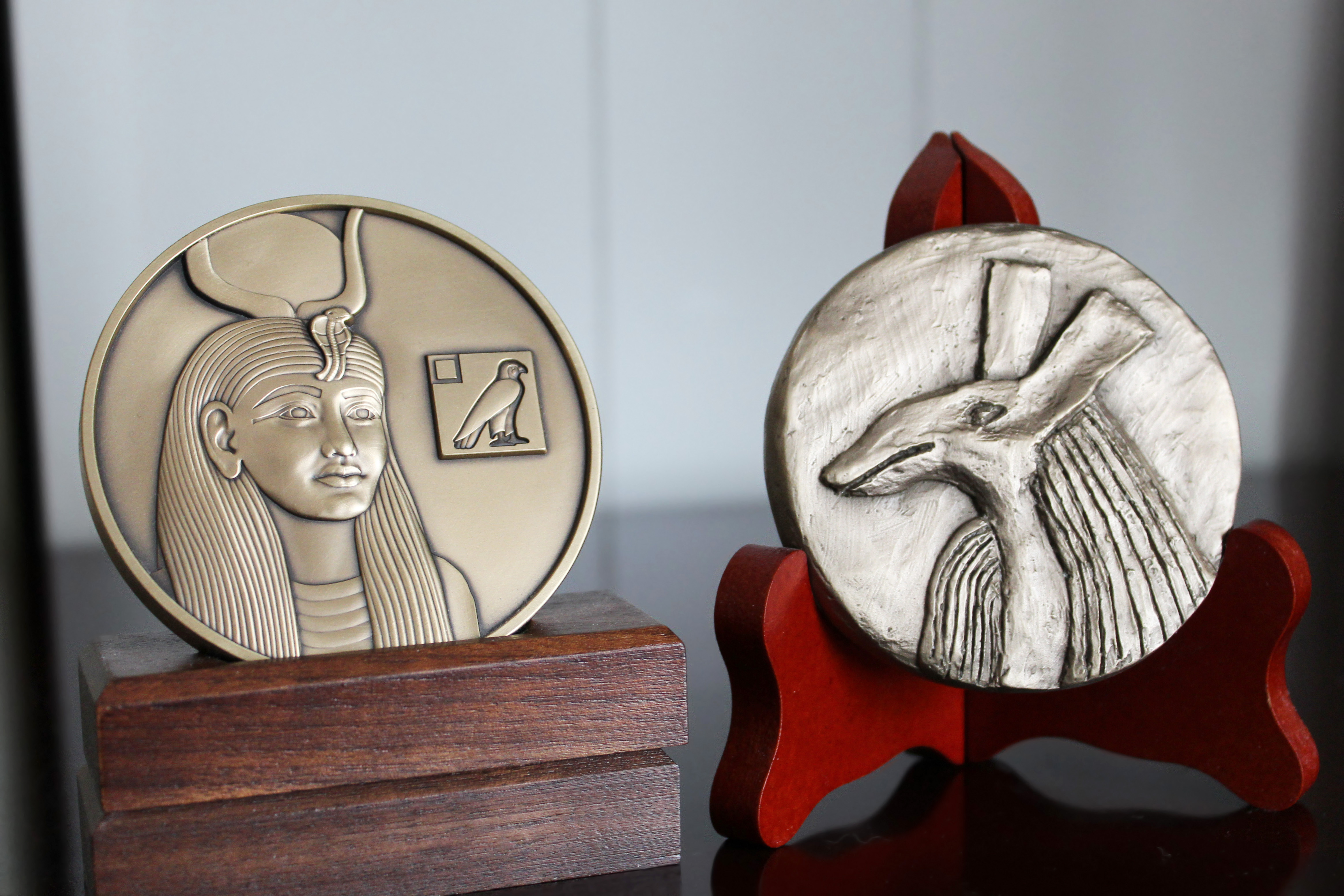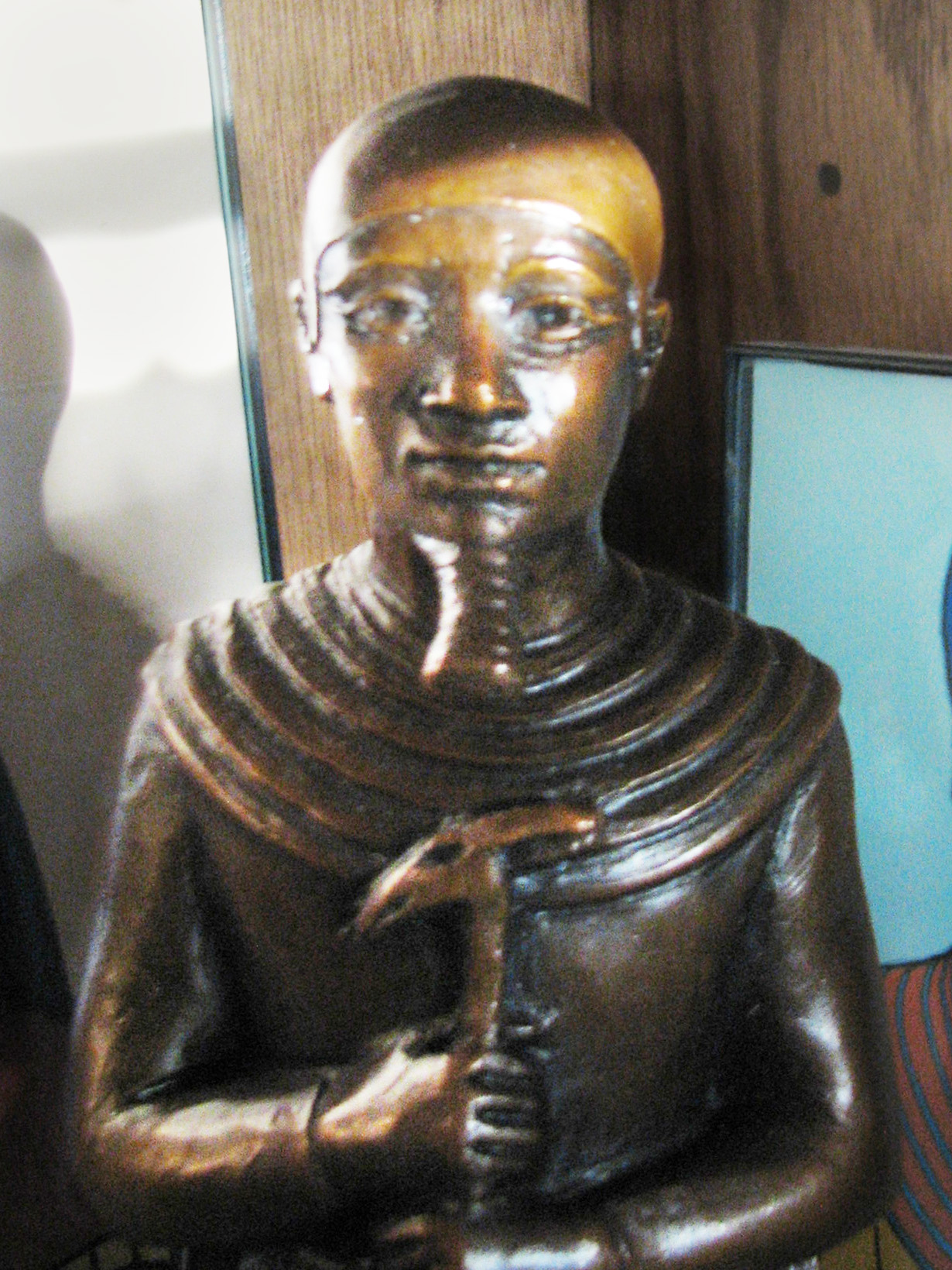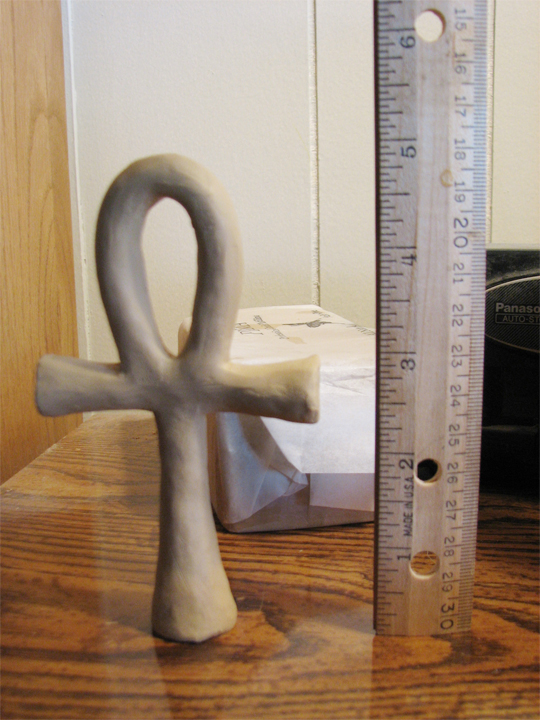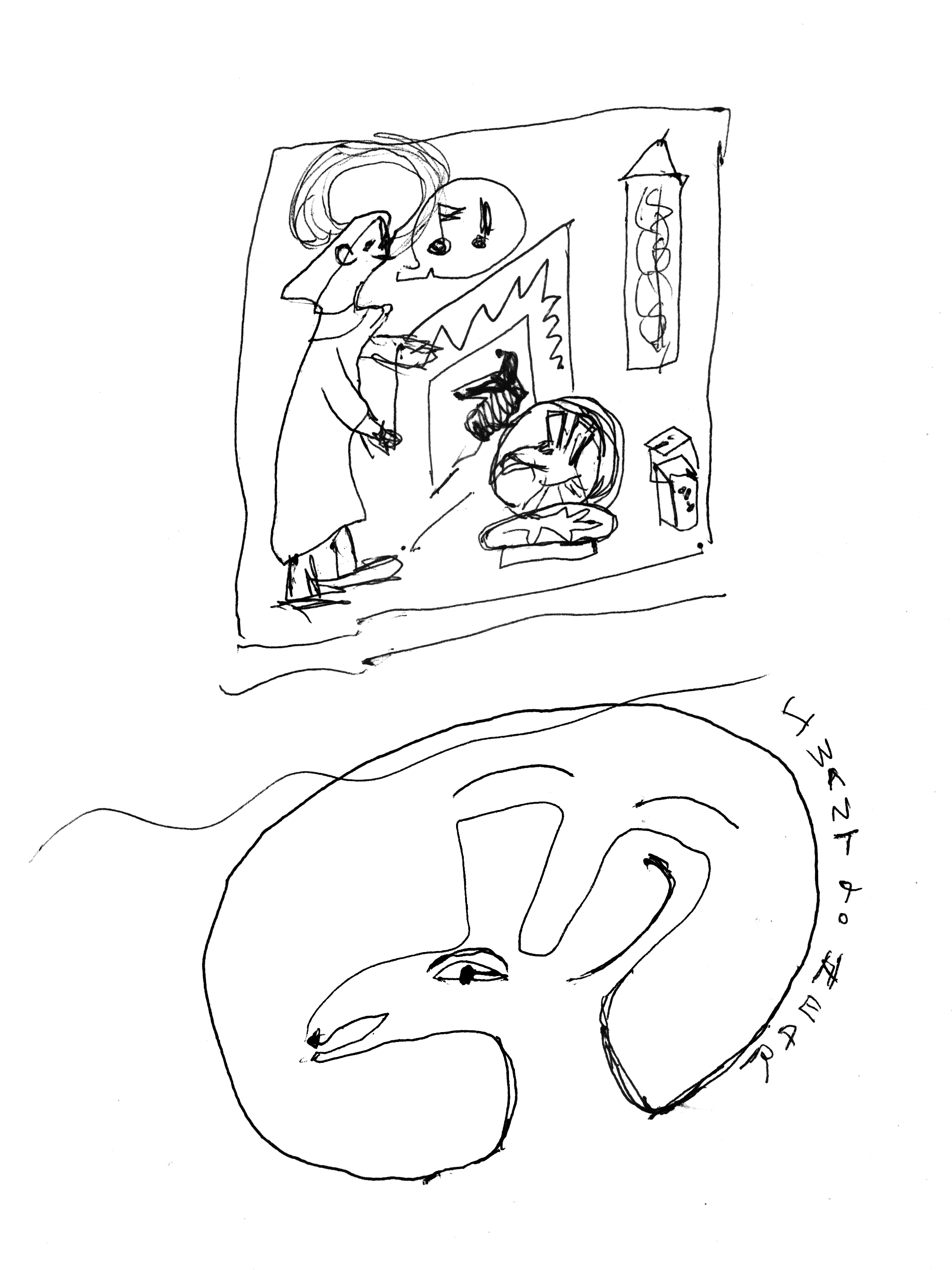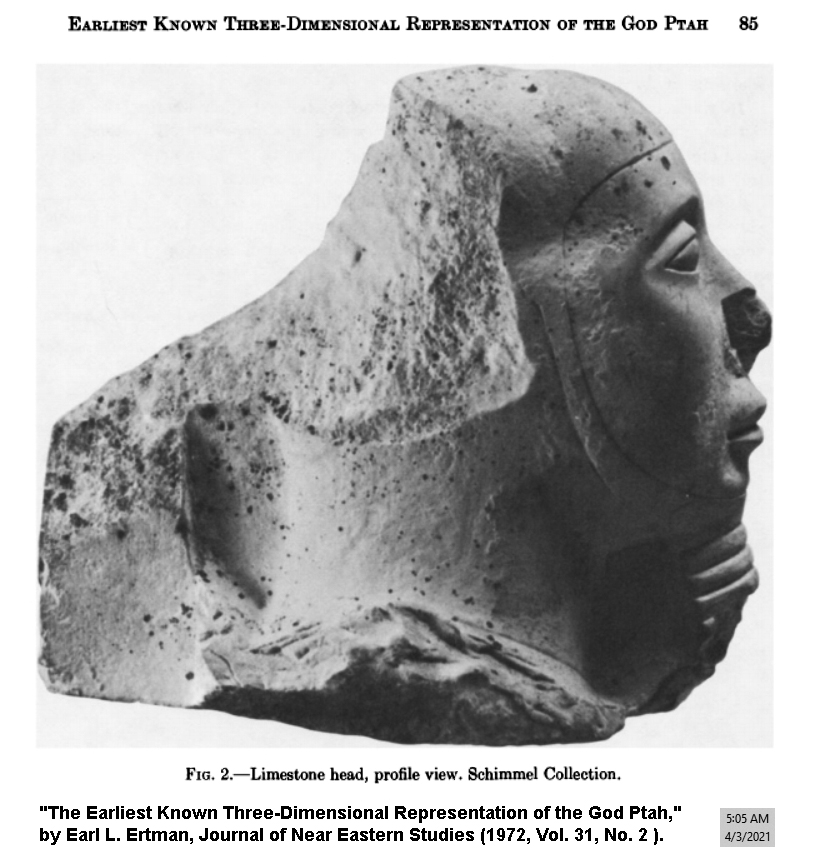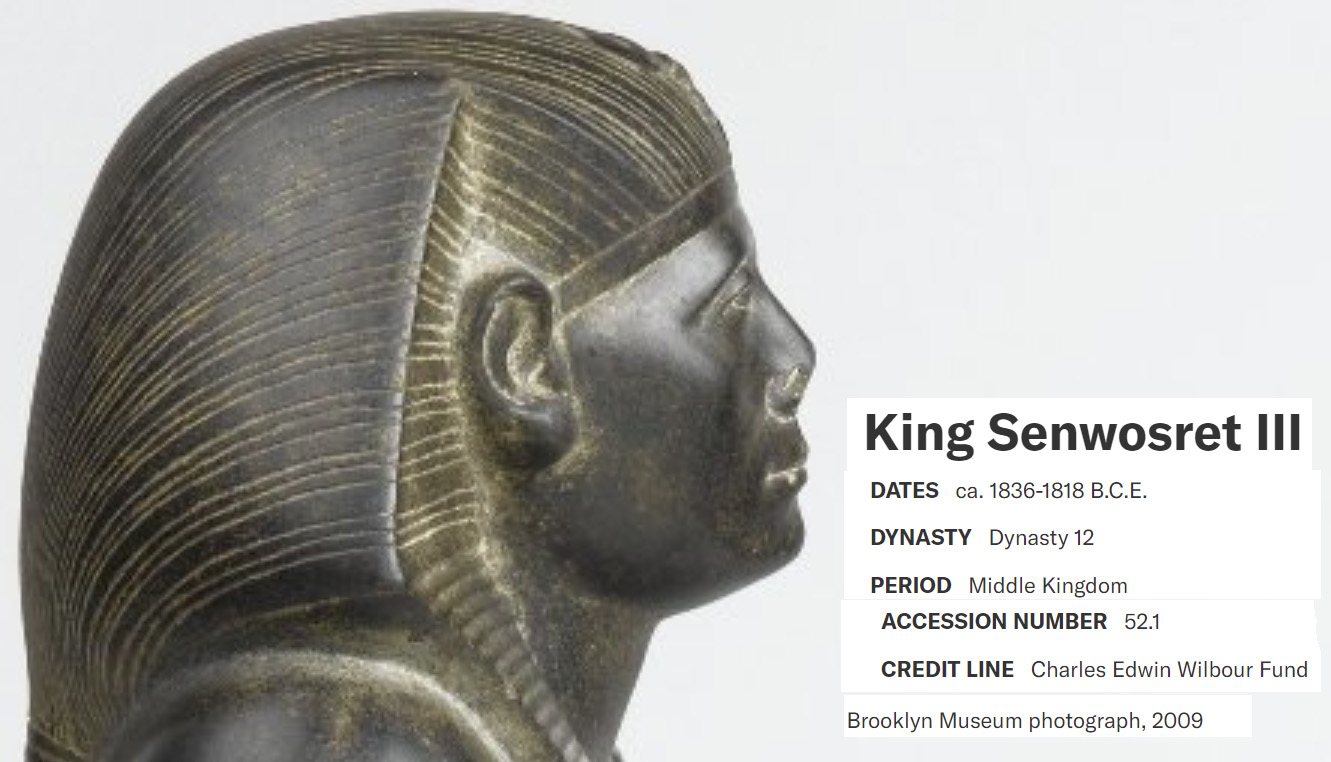|
April 3, 2021
What is one physical item within your spiritual practice that you can't imagine going without? How did you first acquire it, and how did it come to hold such importance for you?
I managed FIVE, well NINE if we count four small items.
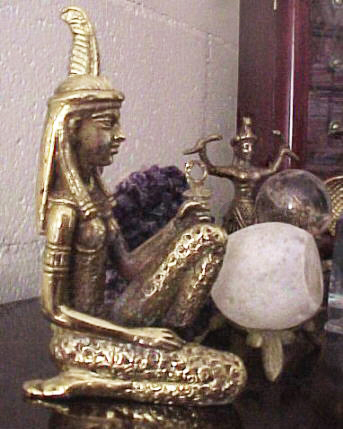 Tiny image from old camera taken at our old apartment in 2003
It means something to me that the statue of Ma'at was the first. I knew very little in 2003. I was to undergo a very winding path before I ended up where I am today. Yet some concept of Ma'at (deity and concept meaning Truth/Justice/Balance) was there from the very first.
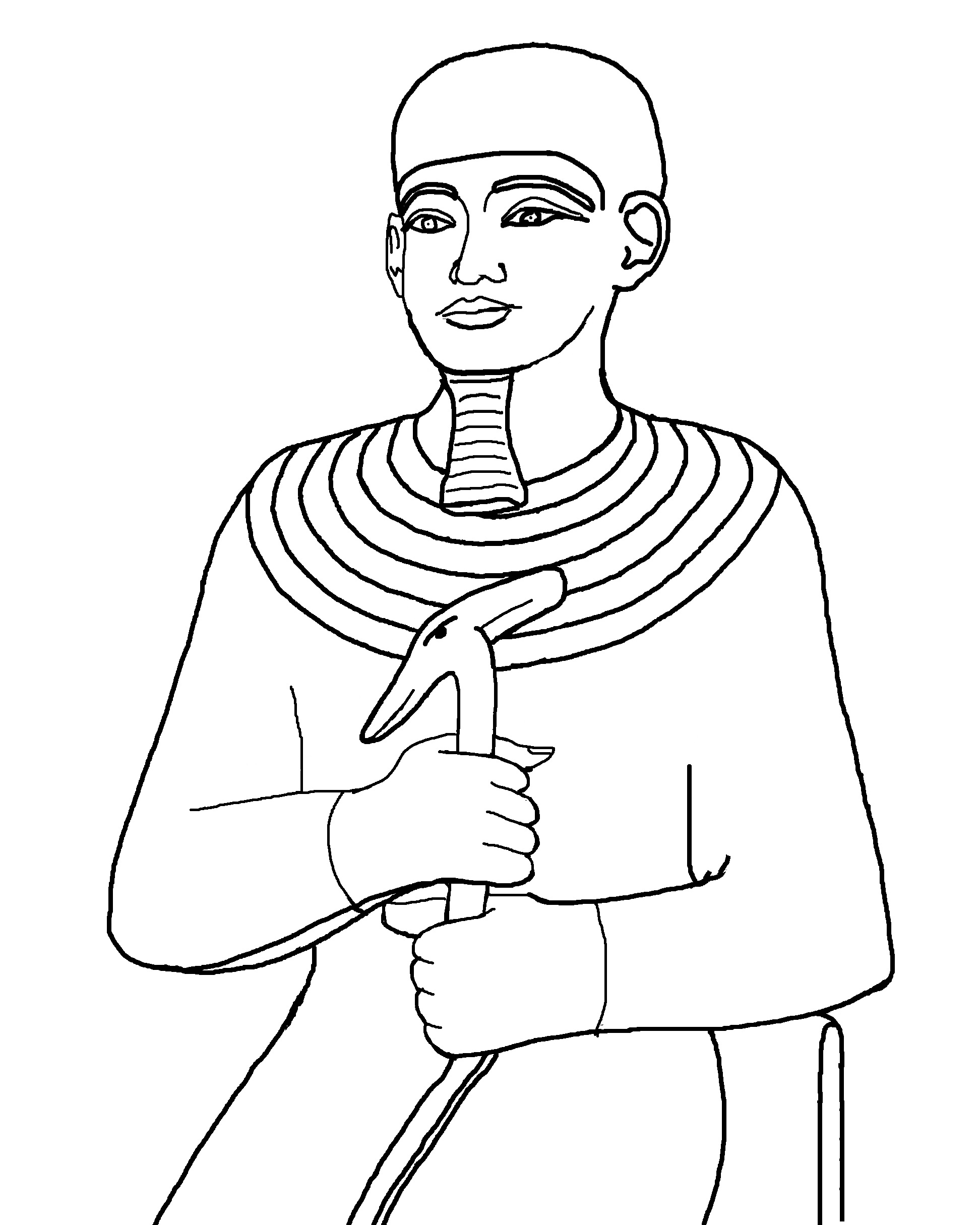 My sketch design for this statue, loosely based on:
3: Small Ankh

I first started with the drawing of Sekhmet. I used museum photos of two different statues of Sekhmet at the Met museum. One had the right angle I wanted, but it lacked a crown and uraeus, so I consulted a different statue's photo to get those. Once I got Sekhmet drawn, I started on the drawing of Hathor. I used photos of her statue at the Turin museum for guidance. That statue of Hathor has a damaged uraeus, so I was able to flip the uraeus from the first drawing and adapt it to this drawing. The idea is that the two deities are "two sides of the same coin", gentle Hathor can become fierce Sekhmet, fierce Sekhmet can become appeased and soften into gentle Hathor. The designs are such that the eyes of each deity are exactly placed to be in the same spot on either side. I found it fascinating to compare the medal design and its realization. I think the mint used a digital three-dimensional creation program, unlike the more traditional method of creating a very large clay model. (Heidi Wastweet shares the traditional method via this link.) It's interesting to see what lines their artist kept, unaltered, except for the shaping. The Hathor side seems mostly unchanged, except their artist greatly refined her mouth:
4: Medallion of Set
Set wants to hear, and the icons will help him hear. So I decided to be daring. I knew from watching some videos online, the process for a medal or medallion is an additive one. I started with coating the disk in clay:
 I had the pattern printed out.
FIVE! The assignment is to narrow it down to one. "The house is afire, and you can only grab one and run out with your life and one item!" Am I at a disadvantage compared to those who feel there is NO item they couldn't be without? Is the idea that physical items are a crutch a hold over from monotheisms which lean towards NO representations of deity? Also, is the importance of items somehow lessening our OWN importance in the process? After all, the greatest treasures lie in our hearts, where rust and mold do not grow, and things can't be stolen. But does 'rust and mold' grow in another way? If our memories and mental images grow dim, then in a way, they _DO_ get corrupted. We need 'memory refreshers'. And thus, images of the Gods help to remind us of them, bringing thoughts of them into being. The Gods use the imagery as gateways to speak to us. At least that's how it is for me. I'm a very visually oriented person. We are all different, with varying strengths, all useful. If I were forced by cruel circumstances to be without images of the Gods, I would do my best to create some more. Even if I were down to crude drawings of the hieroglyphs, I would at least do that.
 Hieroglyphs which say "Ptah"
At one grave found in Tarkhan, Petrie describes, "In corner behind head, a dish, and in it the inscribed bowl, 24t, iii, I, with the figure of Ptah in his shrine and his name above. This is probably the earliest figure of a god known, excepting the Koptos colossi of Min." "It seems, therefore, certain that this figure of Ptah must be as early as about the reign of Den, 1st dynasty."
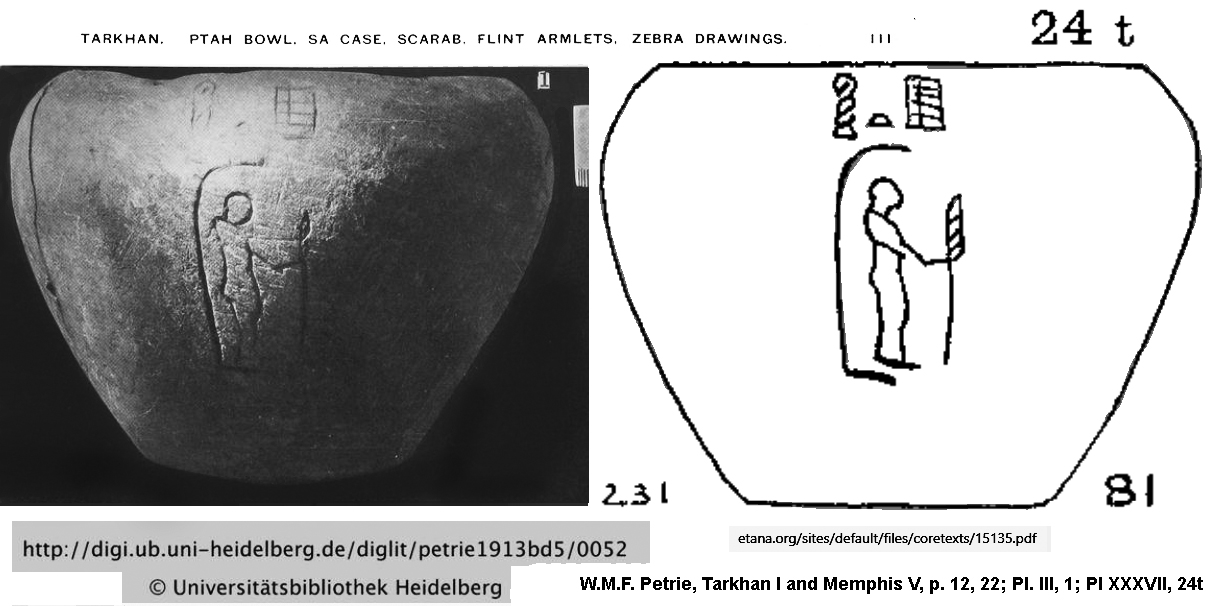 Petrie's photo of the bowl and his line drawing of it. The clumsy hieroglyphs are very recognizable.
This is a few more dynasties later, but even though only a partial fragment, we can see it is not crude. Ertman begins: "A recent Egyptian addition to the Norbert Schimmel collection, New York, is a limestone head of a bearded man. It is masterfully carved and even in its incomplete state is obviously from a royal workshop. This sculptural fragment measures 17.5 cm. high by 19.5 deep and depicts a man with high cheekbones, slightly protruding mouth, and deeply set eyes (see figs. 1 and 2). The eyes emerge from recessed eye sockets and are topped by heavy upper eyelids. Only a slight portion of the back pillar remains and it is uninscribed." (page 83) "The usual features associated with statues of the god Ptah compare favorably. This god was most frequently depicted as a bearded man wearing a mummiform shroud and a close-fitting skull cap." (page 84) "In summary, the Schimmel fragment represents the god Ptah wearing the close fitting cap or skull cap; no other type of head covering appears possible. Stylistically the head probably dates from the mid Twelfth Dynasty when the Theban artists seemed to rely heavily on Old Kingdom examples with their aloof sternness. "If a Middle Kingdom date for the Schimmel head is accurate, it is the oldest surviving example (even in fragmentary form) of a three-dimensional representation of the god Ptah known to me. Indeed, sculpture-in-the-round of gods appears quite rare until the New Kingdom." (page 86)
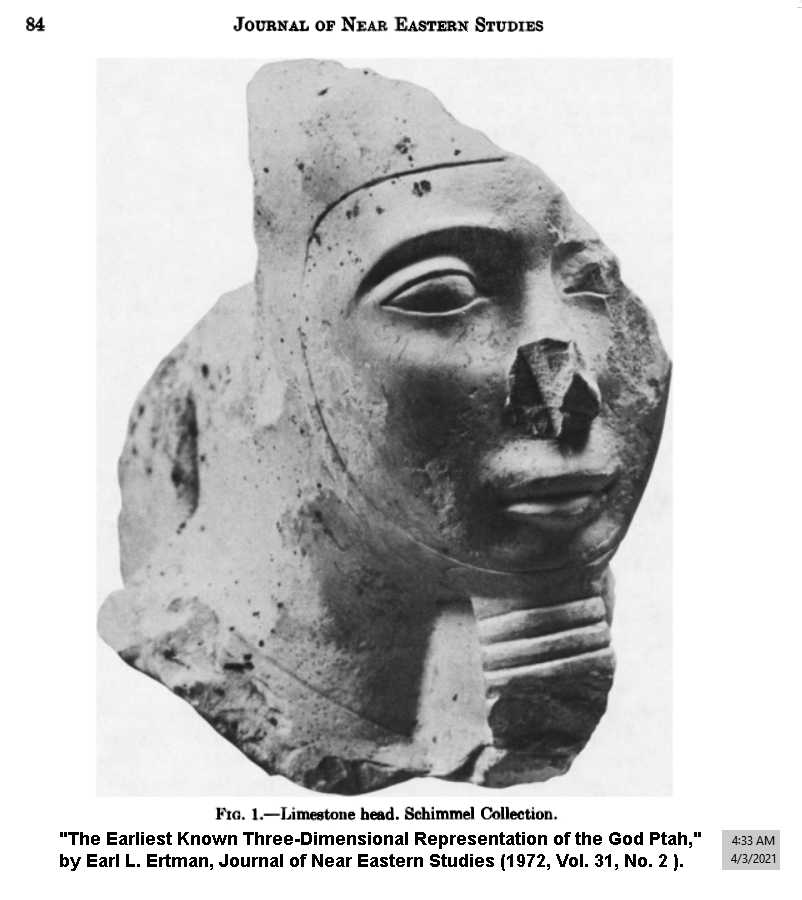 Three quarter view of the limestone fragment
There's more reasons. Of all the many Kemetic deities, Ptah is the one that receives most of my prayers. I'm always seeking his wisdom or his peace. So a representation of Ptah wins out for that reason, too. 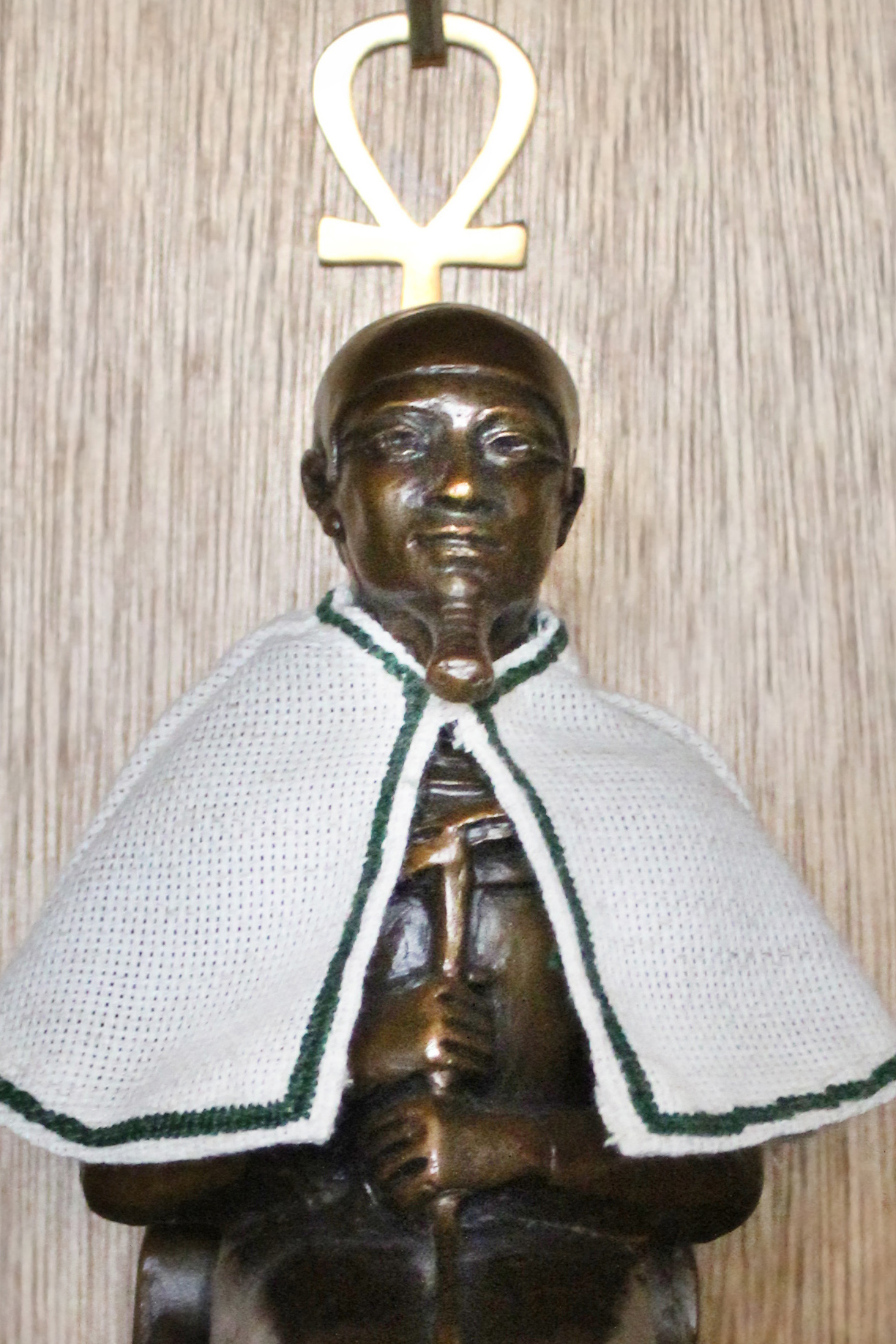 The winner! |
